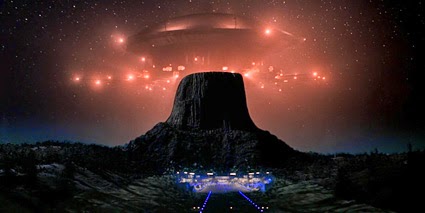We're heading out to the wide open West again after four years, but the journey is as important as the destination.....
 |
| Jell-O Museum - Le Roy, NY |
I always say this
country has so many little hidden gems that you only find when travelling by RV
or other ground-level means. On our
first night, we stayed in Le Roy NY, a spot we chose only because it was
located at the approximate distance from home that we wanted to travel that
first day.
Well, it turns out that Le
Roy is the home of Jell-O -- yes, that
favorite of potluck dinner fruit molds, frat party Jell-O shots, and
patients preparing for colonoscopies. The
dessert was invented in Le Roy in 1897 by a carpenter named Pearle Wait (his wife came up with the "Jell-O" name). The town’s wealth, as evidenced from the
many well-kept Victorian homes on Main Street, is all based on the Jell-O factories that prospered there until being sold to Kraft in 1964. Now a bedroom community to Rochester, Le Roy
still has a museum dedicated to Jell-O, with a brick walkway that includes a
tribute from Bill Cosby; even the local MacDonald’s features vintage Jell-O
advertisements.
 |
| Brick walkway at the Jell-O Museum |
 |
| As the poster says, "Even if you can't cook you can make a Jell-O dessert!" YUM.... |
Another
little-known fact about Le Roy is that the campground at which we spent the
night (Frost Ridge Recreation Area) was once a ski area that claims to be where
U.S. World Cup skier A.J. Kitt learned to ski in the 1970’s.










































